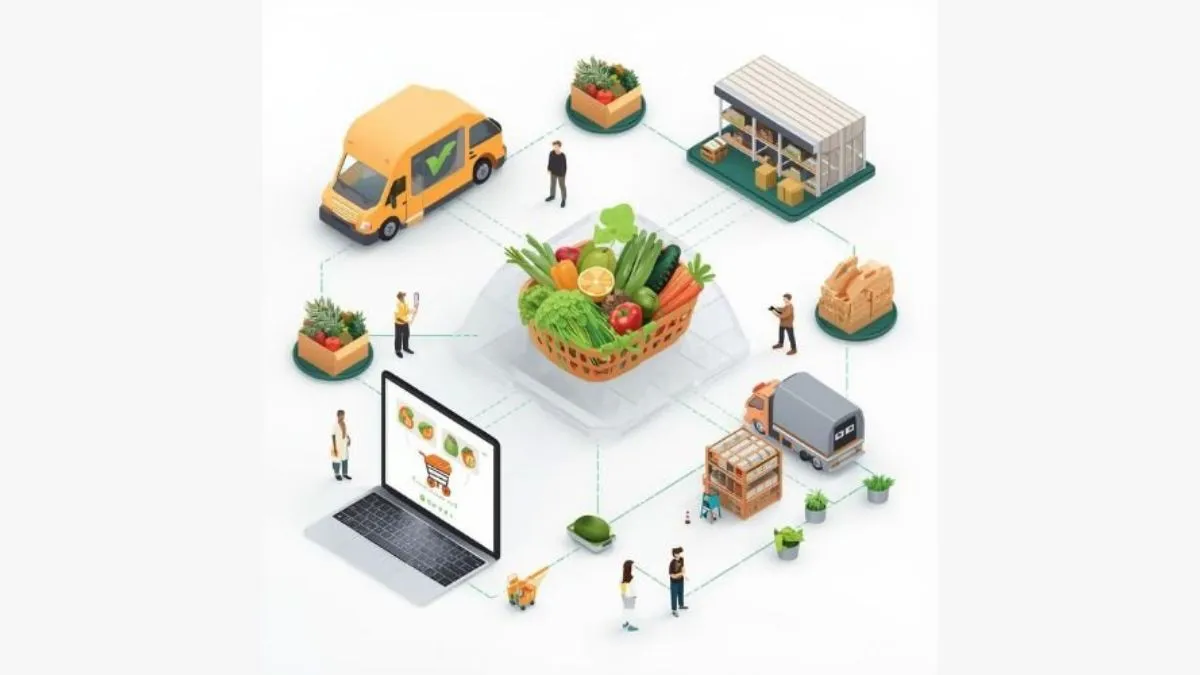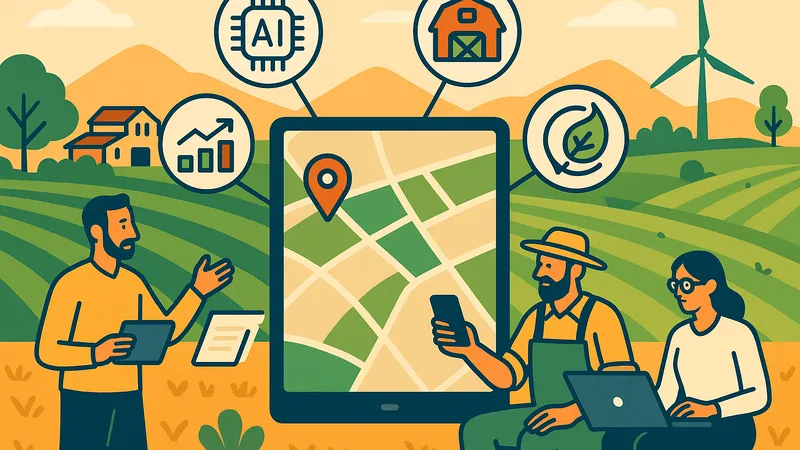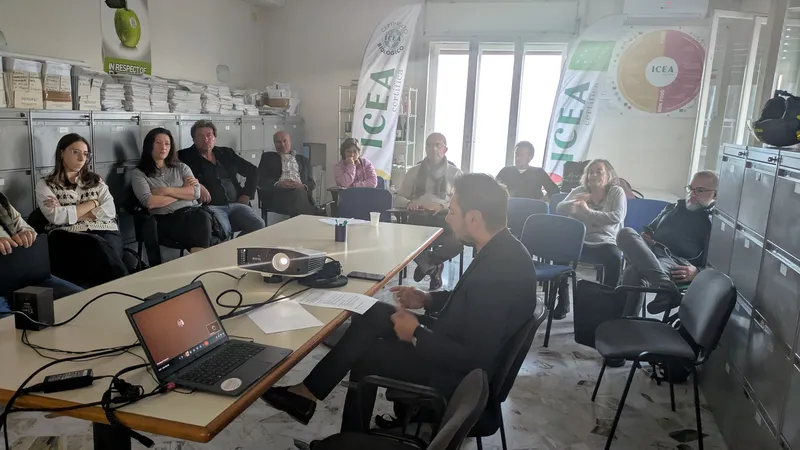In recent years, the Short Supply Chain has taken on an increasingly strategic role in the agri-food sector.
A production model that prioritises proximity, transparency, and quality, reducing the distance between producer and consumer.
But to compete in an increasingly digital and globalised market, the Short Supply Chain today needs a powerful ally: web marketing enhanced by artificial intelligence (AI).
The Short Supply Chain in the digital era
Traditionally, the Short Supply Chain is based on direct contact between those who produce and those who buy: local markets, purchasing groups, direct online sales.
However, in a context where digital presence is essential, agricultural and artisanal businesses must also communicate effectively online, telling their story and reaching new consumers.
Web marketing thus becomes a real engine of growth, capable of:
- enhancing the identity and history of local producers;
- promoting product traceability and quality;
- encouraging loyalty through personalised purchasing experiences.
Artificial intelligence: the key to smarter marketing
Introducing AI into web marketing makes it possible to transform data into targeted and sustainable strategies, optimising every stage of the process.
Here is how artificial intelligence can strengthen the Short Supply Chain
1- Predictive demand analysis
Through machine learning models, it is possible to forecast demand trends based on season, weather conditions, and consumption patterns.
This allows for production planning and waste reduction, improving both economic and environmental sustainability.
2- Personalisation of the user experience
Thanks to AI recommendation systems, Short Supply Chain e-commerce platforms can suggest products tailored to each customer, based on dietary preferences, diet, and purchasing habits.
An example? An “AI Nutrition Recommender” that suggests nutritional plans and seasonal recipes linked to local products available in stock
3- Automation of digital marketing
Smart chatbots, automated email marketing, optimised social campaigns: AI makes it possible to manage communications efficiently and in a personalised way, increasing engagement and conversion rates
4- Optimisation of logistics and inventory
Predictive algorithms help manage stock and logistics based on sales forecasts and remaining shelf life.
This results in faster distribution, less waste, and a more reliable delivery experience
Data-driven storytelling and brand reputation
AI can analyse online conversations, reviews, and social trends to understand how consumers perceive the brand.
Producers can therefore build authentic and targeted narratives, strengthening trust and transparency.
Ethical web marketing: telling sustainability
The strength of the Short Supply Chain lies in the direct and authentic relationship with the consumer.
For this reason, marketing must also be ethical and transparent: not intrusive advertising, but stories of territory, people, and real values.
AI does not replace the humanity of these stories, but enhances it, helping to spread them effectively and accurately.
An integrated digital ecosystem
Let us imagine a platform that brings together:
- an intelligent e-commerce that suggests local products based on seasonality and user preferences;
- a digital traceability system that guarantees quality and origin;
- a forecasting engine that optimises production and deliveries;
- automated marketing that communicates in a personalised and sustainable way.
This is the new Short Supply Chain 4.0: local in its values, global in its opportunities.
Conclusion: innovation at the service of tradition
The future of the Short Supply Chain is played not only in the fields, but also on the web.
Thanks to the combination of web marketing and artificial intelligence, local producers can reach new markets, reduce waste, and build a strong and lasting relationship of trust with consumers.
Technology, when applied consciously, becomes a tool for sustainability and territorial enhancement - the perfect bridge between innovation and tradition.



